27.5 VS 29 Which wheel diameter is more suitable for you
Years ago, you didn’t need to worry about wheel size when buying a bike, because all models had 26-inch wheels. But with the development of technology, manufacturers developed the 29-inch model, and a few years later came the 27.5-inch (650b) model.
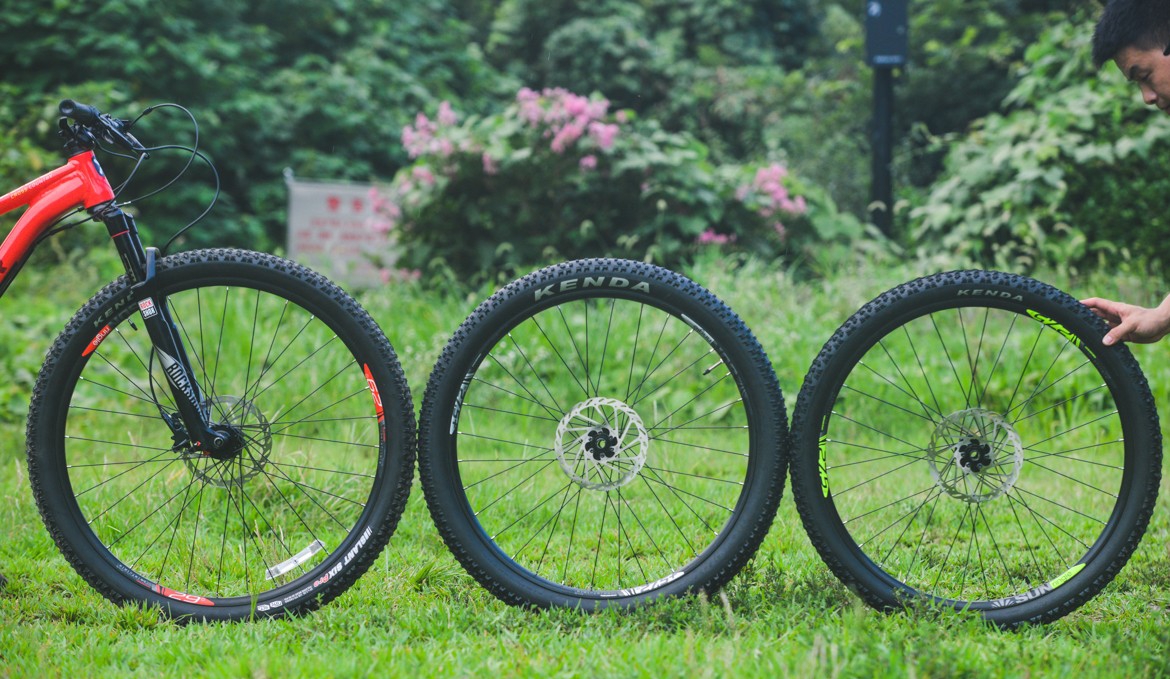
How you choose your trail will depend on your riding style and the effect you want to achieve.
Currently, mainstream mountain bikes come in three sizes: 26 inches, 27.5 inches (also known as 650b) and 29 inches (also known as 29er). It should be noted that these specifications refer to the diameter of the outer tire, not the diameter of the rim. For example, a 26-inch wheel set has a rim diameter of 559 millimeters, or about 22 inches.
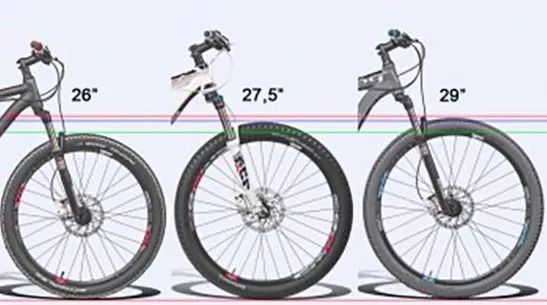
26 inches is the most traditional mountain wheel path. Mid-to-early mountain bikes were 26 inches in diameter, and many manufacturers are still making 26-inch mountain bikes today.
In recent years, mountain bikes with larger trails have become popular and become popular in professional competitions and amateur cyclists. The 29er mountain bike, for example, has a rim diameter of 622mm, the same as a road bike. The oversized trails allow for better passability when riding cross-country and over ravines. In the rugged section can be used to “bigfoot” as if on a flat ground to crush the smaller stones, road ups and downs. In XC (light cross-country) cycling, you can gain a greater advantage
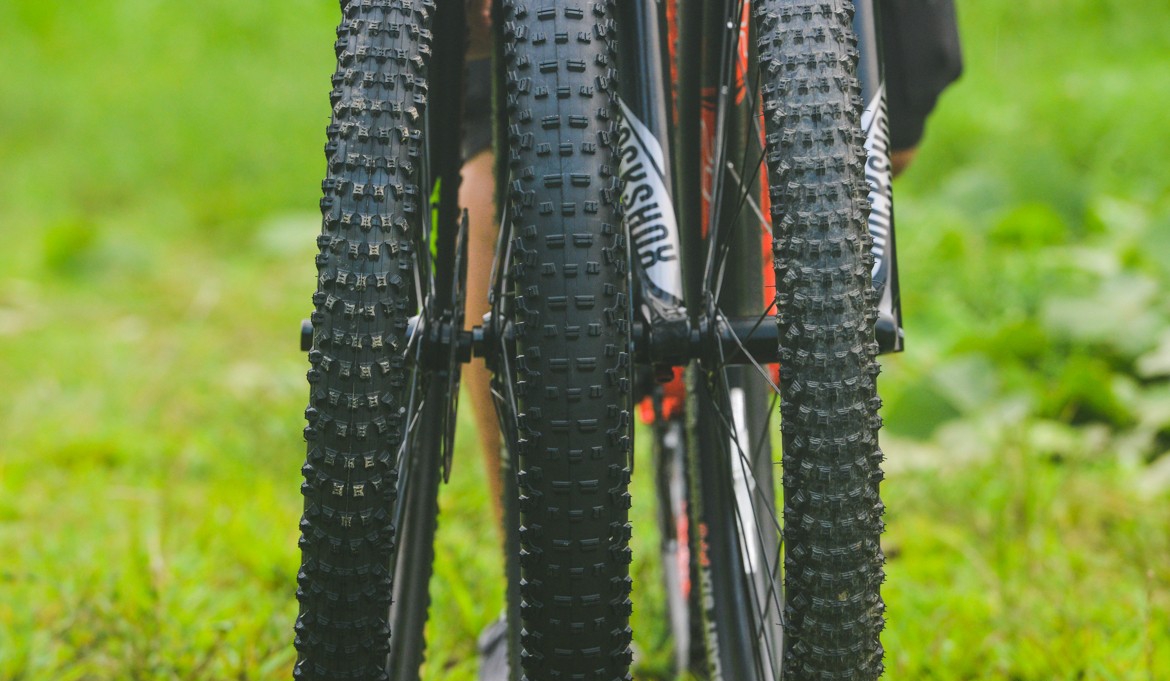
Acceleration: the 27.5-inch model starts faster, while the 29-inch model is better suited for high-speed cruising.
Smaller wheel diameters accelerate faster than larger wheel diameters because of the weight distribution of the wheels. The spokes of the larger wheel diameter, the rim, and the inner and outer tires weigh more away from the center of the wheel, resulting in higher rotation mass and lower acceleration, which makes cruising easier. Otherwise, the acceleration increases, the rotation mass decreases, and the cruise is relatively laborious.
27.5 inches: compared to 29 inches, fast acceleration is often considered one of the biggest advantages of the 27.5 track, making it more suitable for agile, agile riders.
29 inches: slow start, longer acceleration time required to reach cruising speed, which may feed back into the driver’s sense of drag and inability to accelerate. However, once the desired cruising speed is reached, it is faster and more efficient to ride for a longer time than the small-wheelers, which requires less energy to maintain the speed.
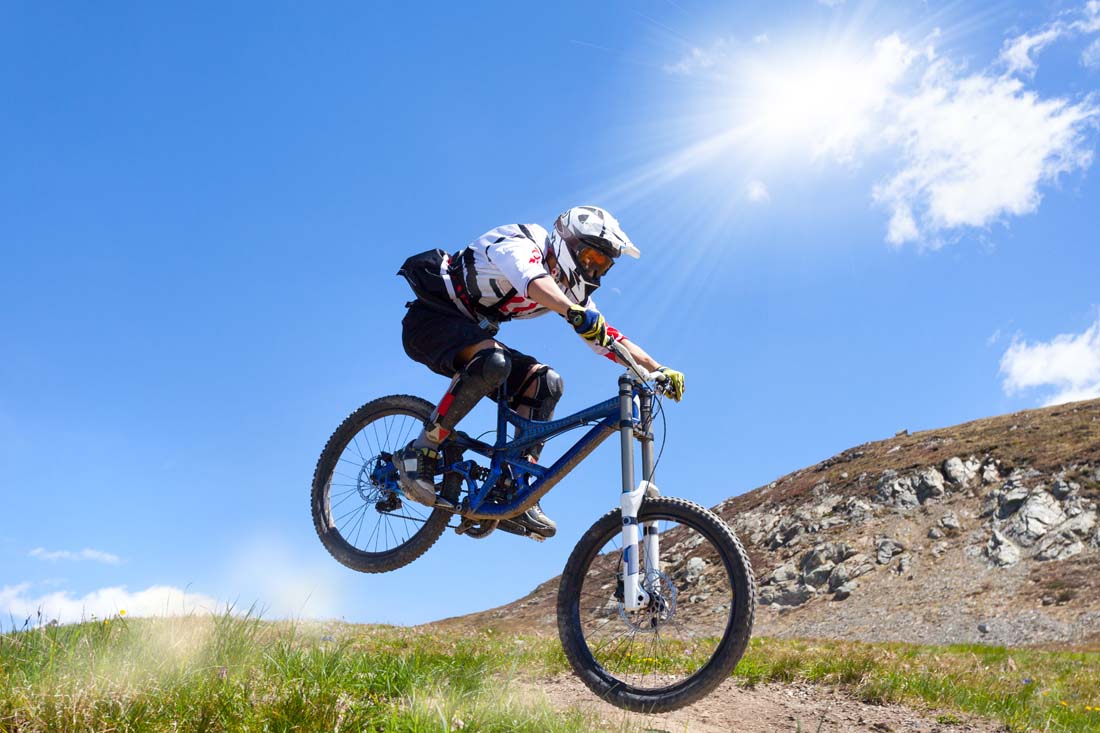
Grip: the 29 “wheel diameter outer tire has a larger surface area and a stronger grip (compared to the same tread pattern).
27.5 “: this wheel diameter provides excellent grip for most road conditions. If the comprehensive consideration of factors such as acceleration and weight is added, the wheel diameter model may be finally selected.
29 inches: if you’re riding a heavy-duty xc with lots of gravel and bumps that need to be skidproof, a car with a large ground contact is your best bet.
Angle of attack: 29 inches is easier to clear.
Angle of attack refers to the Angle formed between the contact point and the contact point when the wheel contacts the square obstacle. The smaller the Angle of attack, the easier it is to pass.
27.5 inches: not as easy to get over as 29, but still a good mountain wheel trail. Combined with your own riding style, if you spend most of your time on a mountain horse or on relatively flat roads, the 27.5 track is perfect for you.
29 inches: wheels have a slightly lower Angle of attack than 27.5, allowing for better riding on logs, gravel, and drops, while the larger wheels give riders more confidence in difficult road conditions.
Weight: 27.5 wheel diameter model is lighter.
There is no doubt about this. Large size models use more materials, so they must be heavier. In the same grade, 29 models weigh about 1kg more than 27.5 models.
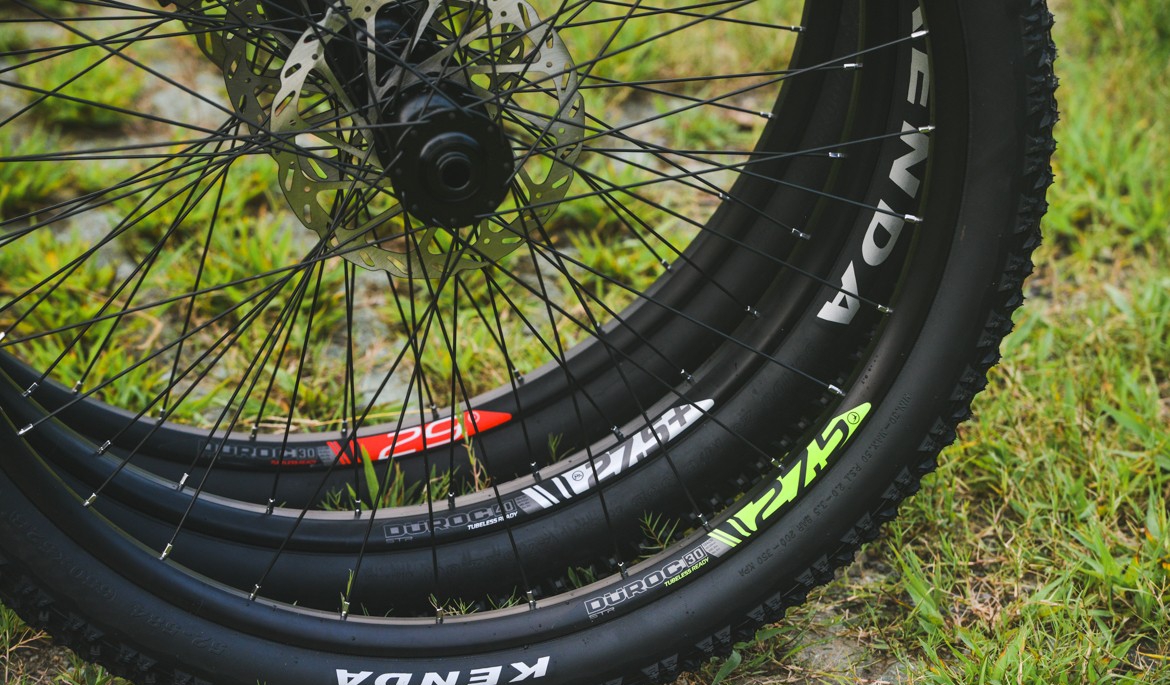
Depending on your riding style, the weight of your bike may or may not be that important. If you just ride casually, you may not be so sensitive to the weight of your bike. If you’re competitive on the track, or if you like to run long distances, then you need to reduce the weight of the car. Using the BMD is one way to reduce the weight, but it’s not the only way.
Upgrading the wheel set to vacuum tyres is another good way to reduce weight. Vacuum tyres not only reduce the weight of the vehicle, but also accelerate faster due to the reduction of rotation mass, as well as the additional benefit of good grip at lower tyre pressure.
Handling: 27.5 models are easier to handle.
Along with the increased wheel diameter, the frame has a longer wheelbase, which can make sharp turns feel difficult to handle.
If you often ride on narrow roads with multiple curves, you may prefer the 27.5-inch feel, which retains the advantage of 26 inches of flexibility while still having some advantages in terms of passability. It’s easier to get over obstacles in a 29-inch model, so you might not feel the agility of a small wheel path, so you can quickly get over gravel and tree roots instead of trying to get around them.
Determine your cycling style: aggressive, casual, technical or otherwise; Define your riding purpose, such as riding tour, long-distance, training, competition, etc. If you’re not sure what kind of track you want, the best way to get a feel for them is to go to your local bike shop or ride with a friend.
 hotebike
hotebike